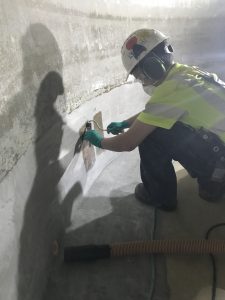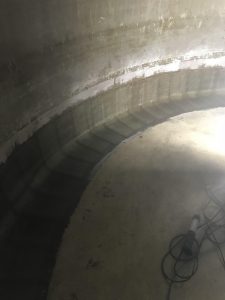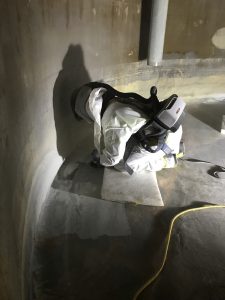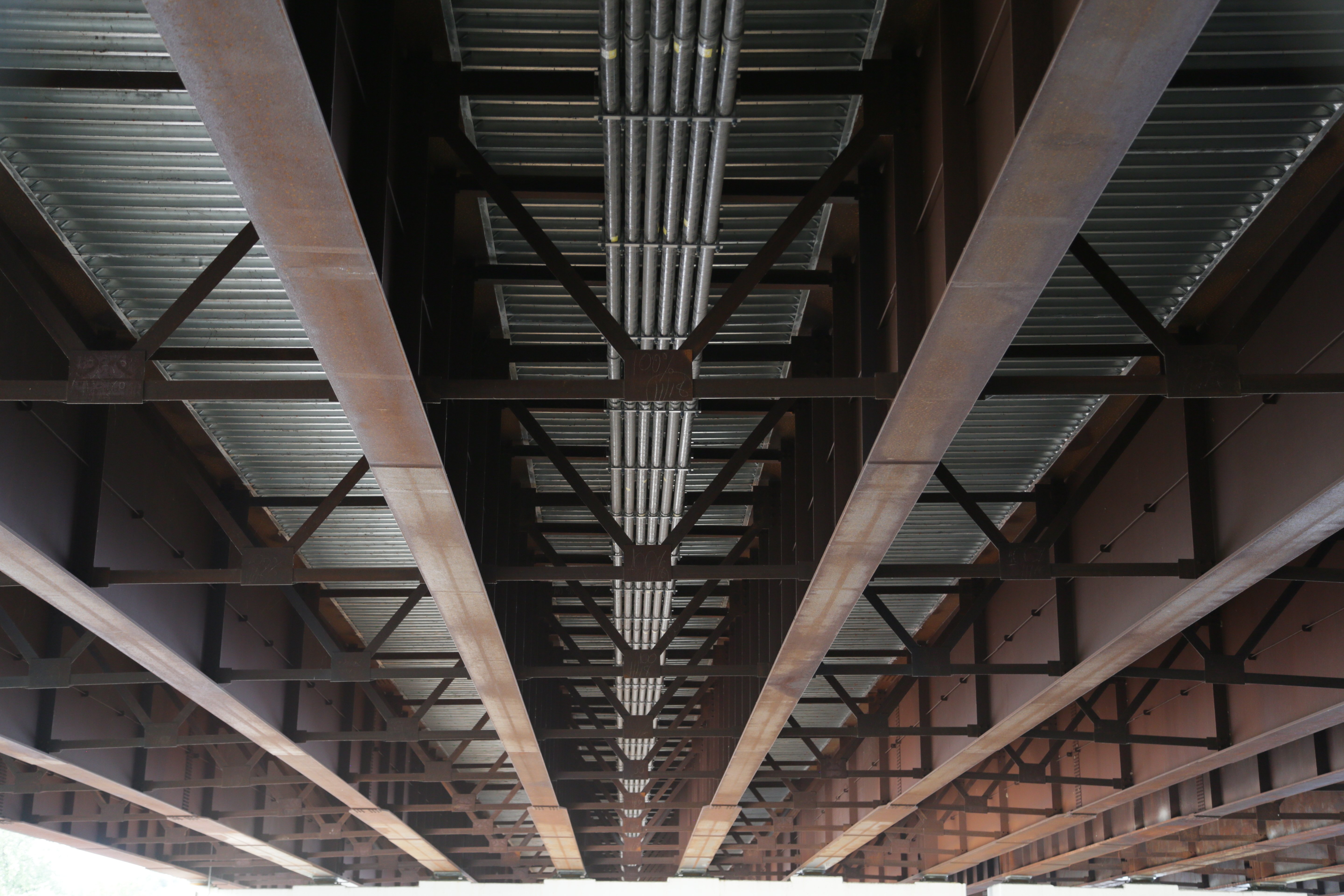FRP tanks are economical, lightweight, durable, and highly corrosion-resistant – they’re a smart choice for many applications and industries from pulp and paper mills, to wastewater management, industrial manufacturing, and more.
But like all specialized materials, there are details to be aware of to get the most out of your investment. Here’s what you need to know if you’re considering FRP for long-term storage of chemicals.
Trapped Air and Voids in Laminate
During the FRP manufacturing process, it’s important to keep air from being trapped in the laminate. If not rolled out properly, air becomes trapped and can lead to partially filled or empty spaces (also called voids) in the finished laminate. These in turn can negatively impact mechanical properties for the material including decreased tensile strength, shear strength, and compressive strength. The structure may become prone to leaks, cracks, or other damage due to impact.
Voids are a manufacturing defect and have a few causes including the viscosity of the resin, the resin mixing process (especially introduction of excess air), improper cure temperature, and insufficient compaction of the reinforcement to remove air bubbles before curing.
UV Damage
Long-term exposure to ultraviolet light causes FRP structures to fade, but it also leads to a condition called fiber blooming. Over time the resin breaks down and exposes the glass fibers within. It changes the texture of the surface (you may have felt this change when touching an old, weathered fiberglass ladder), and can reduce chemical resistance.
The final step in many installations and repair work on FRP structures is usually application of a UV-resistant final coat or gel coat, which protects the structure from damaging rays.
Contact us to speak with an expert!
Relining and Repairs
Chemical attack and environmental conditions take a toll on storage structures and pipes carrying corrosive chemicals. Defects and other damage due to excessive shrinkage in curing, delamination, cracks, and even scratches can all allow chemicals to permeate the corrosion barrier and into the structure of a tank or pipe. Likewise, excessively high temperatures can cause laminates to soften and lost rigidity and become prone to erosion or other damage. Even if the external structure is sound, corrosion barriers break down over time.
Often the top of a tank bears the brunt of damage due to the corrosive contents being exposed to the vapor phase of whatever chemical is stored. Tanks may be replaced, but adding or replacing the inner lining can be an economical choice. An adhesion or bonding test must be performed first to assess the material’s ability to form a strong bond with the new lining. FRP, metal, concrete, and other tanks can be lined with laminate coatings once the surface is cleaned and properly prepared.
Walls of FRP tanks and pipes can also be repaired, for example, to fix localized delamination or fill in voids. Once adhesion testing is completed, this process usually involves removal of damaged material, surface preparation, application of glass reinforcement and resin, followed by proper post-cure to ensure maximum chemical resistance.
Contact us to discuss our relining and repairs!
Maximizing the Useful Life of FRP Tanks and Pipes
FRP tanks and structures are reliable and low-maintenance, but they are should not be considered no-maintenance. Potential problems identified early can avoid catastrophic failures. Performing inspections annually will maximize performance. A good understanding of how a corrosion barrier is supposed to look makes the identification of potential issues much easier (this is also a good argument for keeping tanks clean and free of debris). Make a note of these and any other observations that seem changed since your last visual inspection:
- Any extensive cracking or crazing
- Cracks around flanges and metal supports/hangers
- Buildup of crystals
- Discoloration
- Excessive wear on flanges
- Blistering on pipes or tank surfaces
- Joints, or elbows that are discolored or cracked
To get the longest life possible from your tanks and pipes, have a good preventive maintenance and inspection program as your first line of defense, and be aware of your options for repair and field service. Having a plan in place, even just in case, means you’ll avoid unscheduled downtime, property damage, and even environmental incidents or worker injuries associated with process and storage containers and pipelines. Whether you’ve got leaks, need a new lining, or have tank or pipe damage, Creative Composites Group is always available and ready to help.



